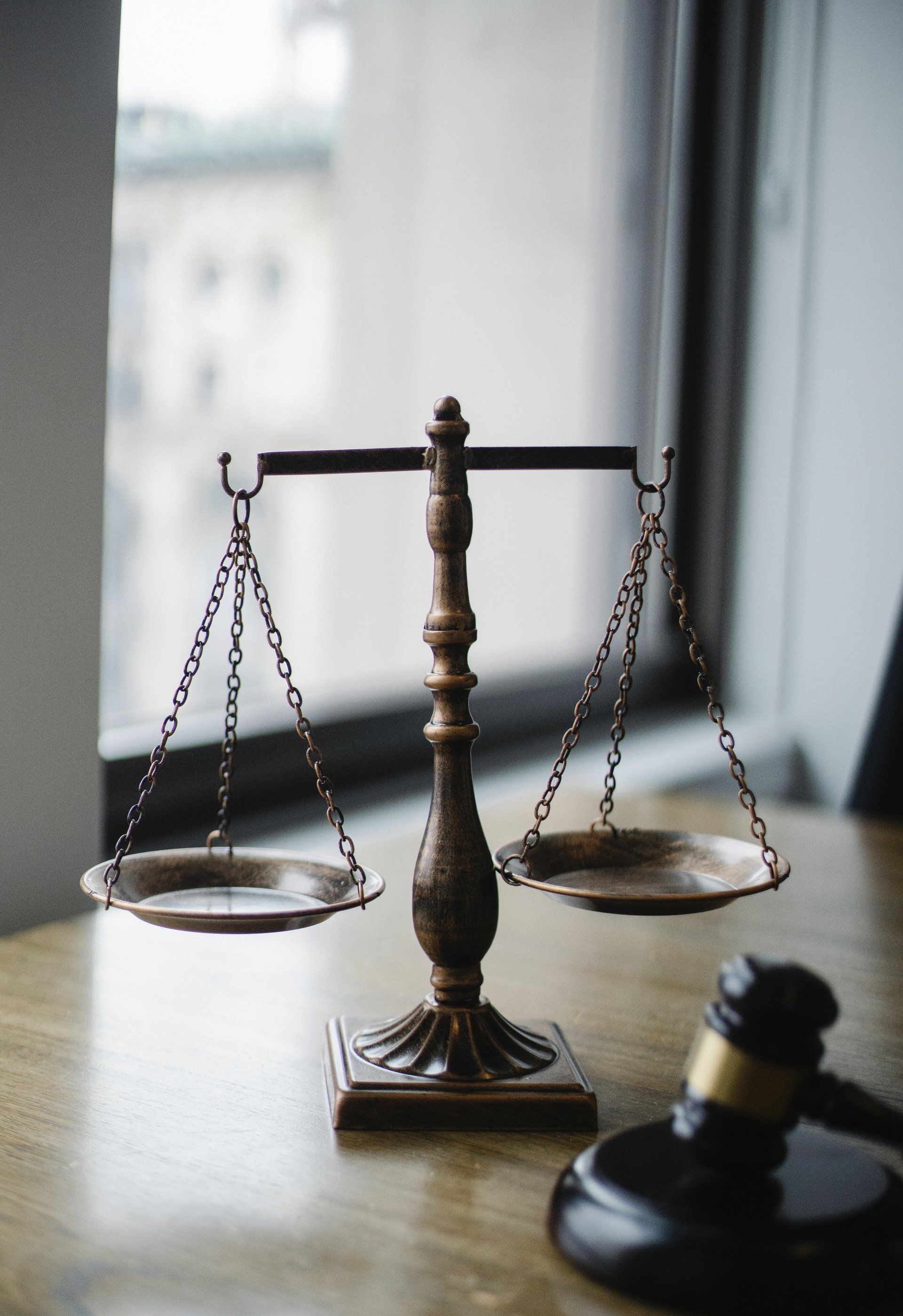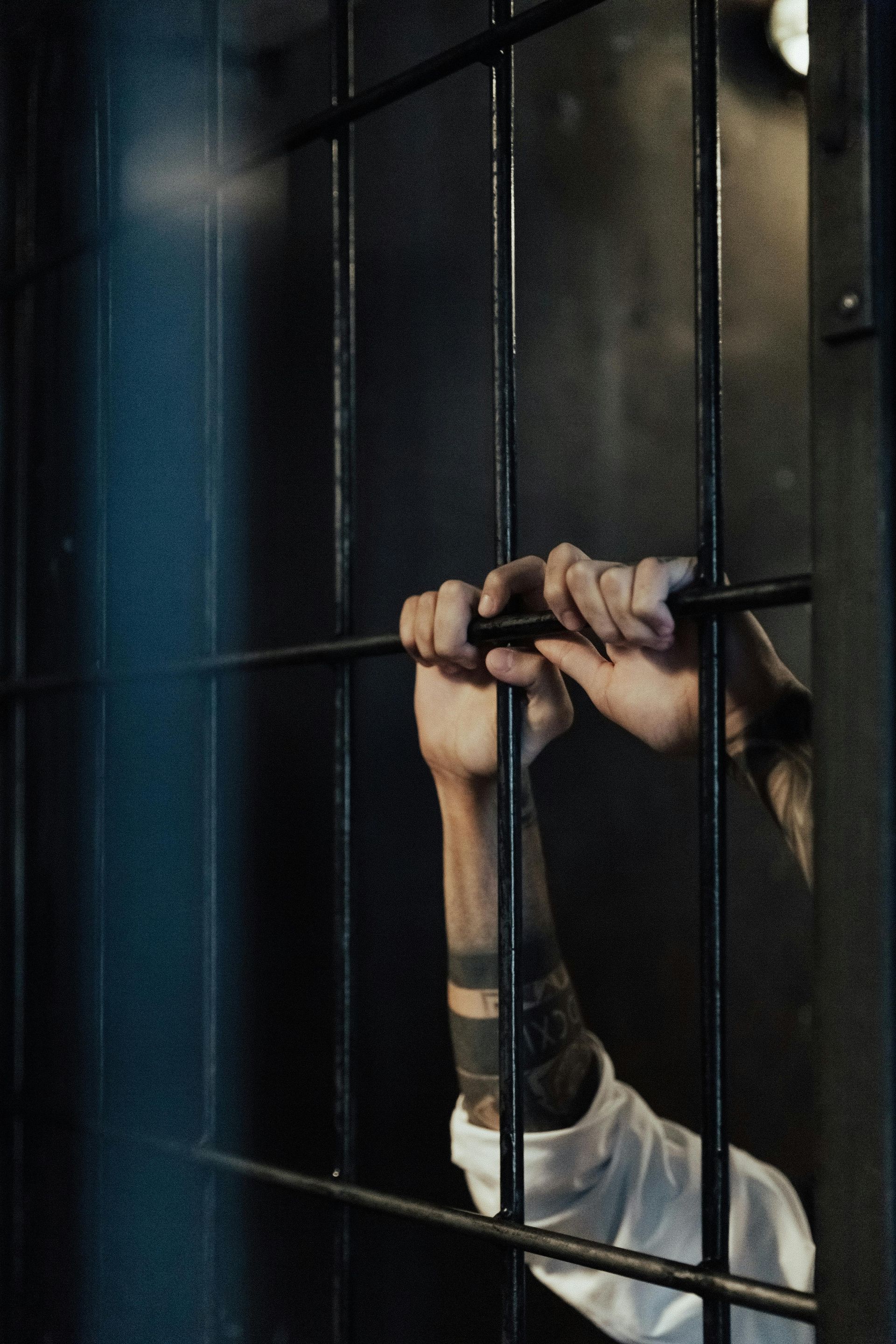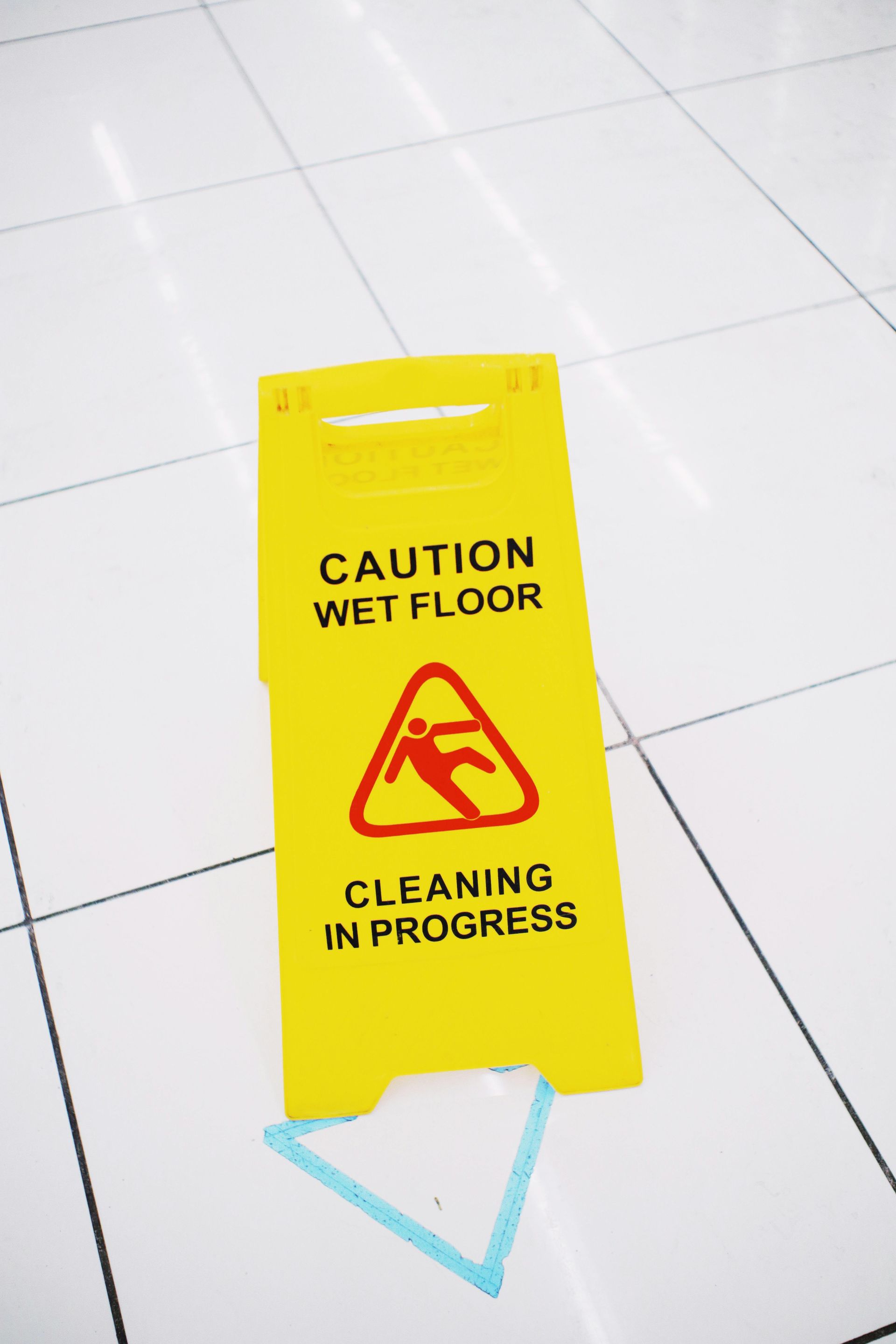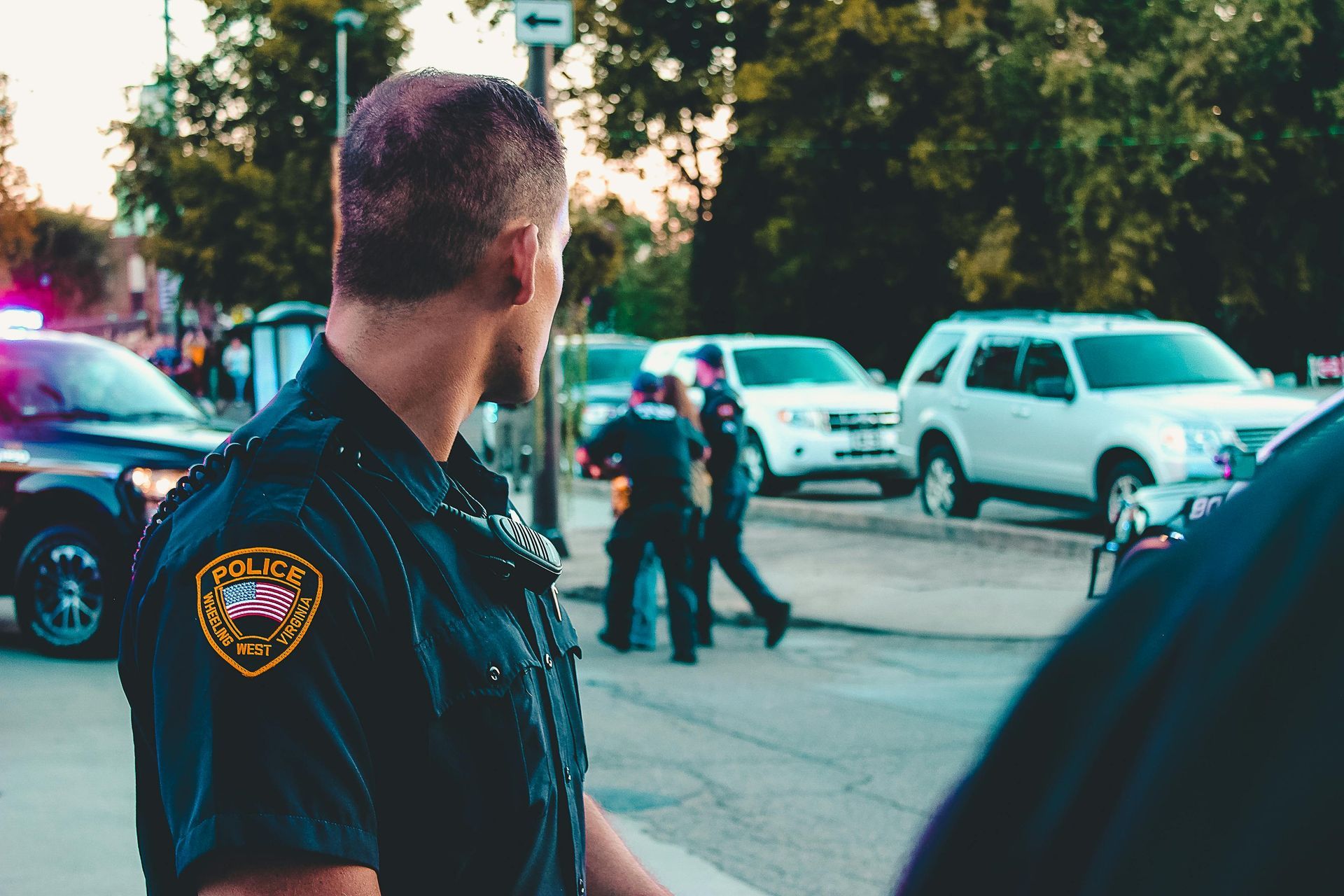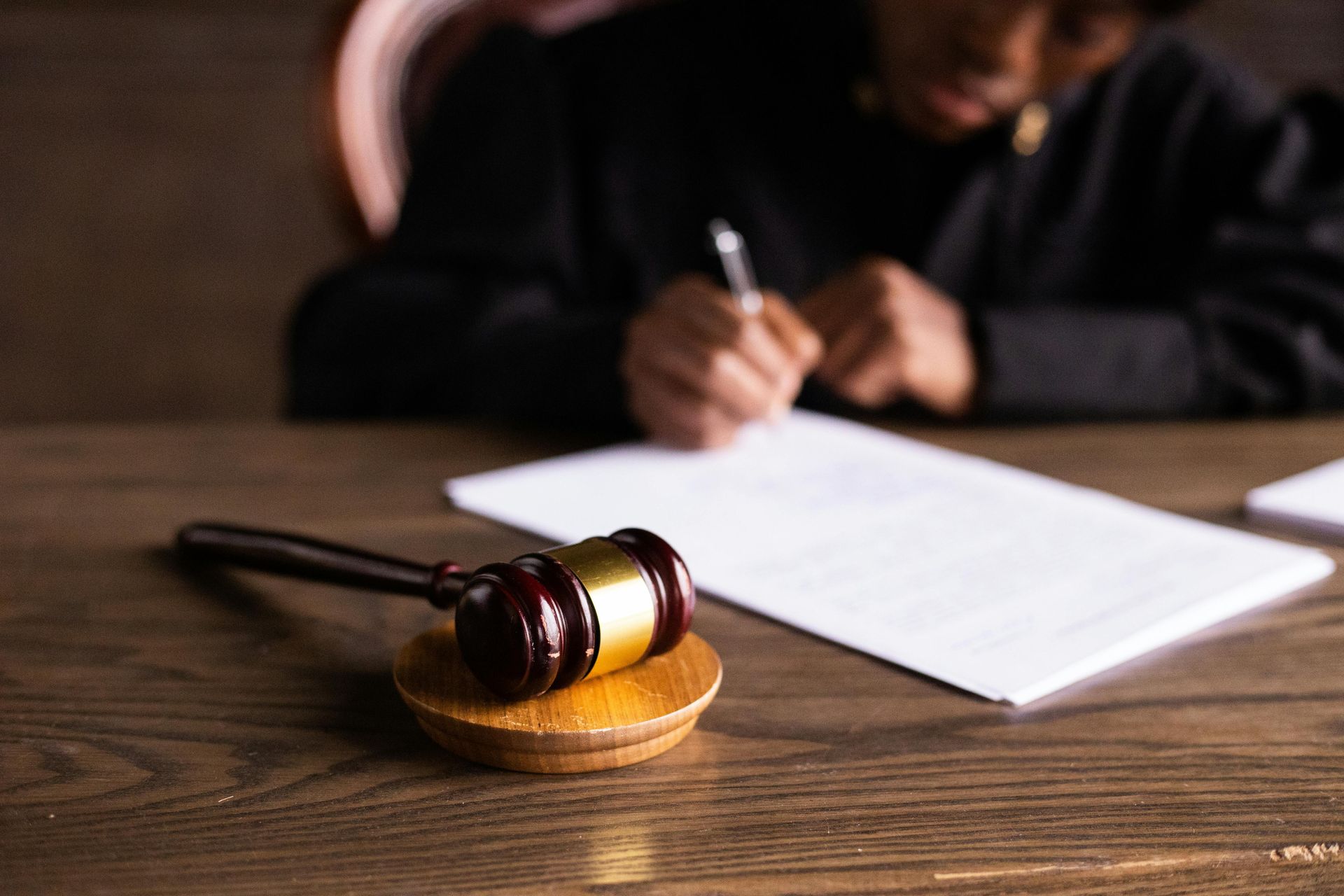What You Need to Know About Pennsylvania Intersection Car Crashes
What You Need To Know About Pennsylvania Intersection Car Crashes
In 2020, the Pennsylvania Department of Transport reported over 100,000 car crashes. Many of these crashes happened at night, and the site of the accidents was often an intersection, where two or more roads meet.
Intersection crashes in Philadelphia, Pennsylvania can be severe because they are often head-on collisions, T-bone (perpendicular) crashes, or angle hits. Pedestrians, bystanders, or cyclists may also be involved.
Injuries can include fractures, organ damage, brain and spinal cord injuries, and even psychological trauma like PTSD. Fatalities are also possible. Pennsylvania has more than 1,000 traffic deaths per year.
Here is what you need to know about the dangers and legal issues of intersection accidents in Pennsylvania.
Common Causes Of Intersection Accidents In Philadelphia, PA.
The most common cause of an intersection car crash is when one party is being reckless and ends up causing an accident. In Pennsylvania, the nature of the intersection accident can be important for establishing liability.
Here are the common causes of such crashes.
- An aggressive driver who fails to follow traffic laws. For example, a driver fails to yield or slow down at an intersection for a car or pedestrian who has the right of way.
- Intoxicated drivers may miscalculate speed and distance and hit other vehicles when crossing an intersection.
- Driving too fast can cause accidents if the speeding driver is not able to stop in time or react to road signs or traffic lights.
- Drowsy drivers may likewise be unable to react to intersection controls or traffic changes.
- Distracted drivers can also fail to notice intersection conditions because they are looking at a phone or other digital device or display.
Establishing Fault In Pennsylvania Intersection Accidents
In an intersection in the state of Pennsylvania, cars approaching from the right side of the intersection have the right of way if there are no traffic signs to control the junction. If someone on the left fails to yield, they may be at fault for the accident.
If there are traffic signs or lights or a law enforcement officer directing vehicles, all drivers have to obey them. Failure to do so can render a driver liable for the accident.
Finally, drivers who do not stop for pedestrians who are in a designated crosswalk and have the right of way are liable for the injuries they cause if their car strikes a passenger.
Reckless, distracted, high-speed, and intoxicated driving can also impact liability.
Statute Of Limitations For Intersection Accidents In Pennsylvania
Not all intersection accidents are severe. Some victims may not pursue a claim immediately only to realize their injuries or vehicle damage is more severe than they thought. In these cases, the statute of limitations may come into play.
In Pennsylvania, there is a statute of limitations on traffic accident claims. If the deadline to file for a lawsuit has passed, the court will dismiss your case unless there are special circumstances that will allow you to get an extension.
A car accident lawsuit must be filed within two years after the incident. What is at stake in such lawsuits?
In negligence cases, if the other driver is at fault, they are required to fully compensate you through their insurance carrier. If blame is shared, compensation could be decided based on the percentage of fault of each driver.
That said, Pennsylvania has a unique insurance arrangement that can affect liability, payments, and settlements after an accident.
Pennsylvania's Unique Choice No-Fault Insurance
Pennsylvania is a choice no-fault state. Everyone who owns a car is required to purchase a minimum amount of car insurance. Drivers are allowed to choose their insurance plan, but liability and compensation can be affected by their choice.
Pennsylvania drivers can choose a no-fault policy that limits non-economic claims against other liable drivers and a traditional tort liability policy that includes the possibility of additional payouts if another driver is at fault. These policies may allow claims for pain and suffering and other issues caused by the accident not covered under no-fault policies.
Duty Of Care
When driving in Pennsylvania, and any other state in the US, motorists are responsible for the other drivers and any other people they encounter on the road. At an intersection, this can include pedestrians, cyclists, and even people waiting for a bus or taxi on a sidewalk.
A duty of care means that each driver has to act responsibly so that they do not cause harm to others who are also acting responsibly.
Duty of care means following all the rules of the road, including those governing intersections. Not understanding rules is not an excuse to escape the duty of care requirements. For example, if a driver on the left does not know that they are supposed to yield to someone on their right, they will still be liable for the accident.
The duty of care does not extend to other drivers or pedestrians who are acting negligently. For example, if you are following all the rules of the road and hit someone at an intersection as they are going through a red light, the liability will usually lie partially or fully with them, not with you.
When Do You Need A Car Accident Lawyer In Philadelphia, Pennsylvania?
It is vital to know what your rights and duties are after an intersection accident.
For minor accidents, it may be possible for your insurance and the other driver's insurance to deal with the liability and repairs.
However, in most cases, especially those involving serious injury or vehicle damage or requiring EMTs and law enforcement, it can be good to use an attorney who understands the laws governing intersection accidents in Philadelphia.
A lawyer can represent a car accident victim during court proceedings and present evidence and witnesses at a hearing or during negotiations with a driver or their insurance company.
A lawyer can also help you present the details of the accident to your own insurer and help negotiate a settlement or payout.
Lawyers in Pennsylvania are paid a contingency fee: meaning they get a cut from your settlement. If you have been involved in an intersection accident, reach out to our attorneys today for representation.


